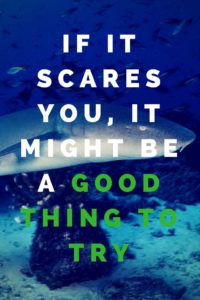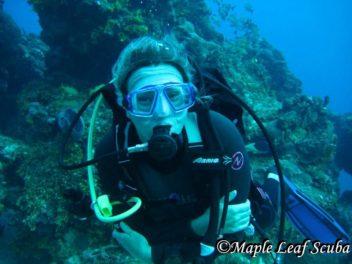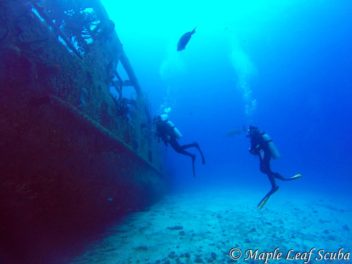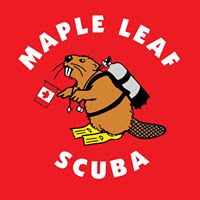Fear of Fear

What’s your biggest fear? Have you ever thought about the one thing that you fear most? Many of us have numerous fears and some are more debilitating than others. Some of us will feel panic getting on a plane while others will not experience that same level of panic unless they are jumping out of that plane.
Can we overcome fear? Yes, we can. It’s not easy but it is possible.
As a child, I was a free-spirit. I was the outdoorsy type of girl that always loved adventure. I loved the water and anything related to it. Jumping of a dock and into the water was exhilarating for me. It was my idea of a fun way to spend the day. My sister on the other hand feared the water. She was paralyzed with fear when she was around it. There was no way I could ever convince her to jump in with me.
Fast forward to 25 years later, I was now that same person as my sister. I had begun to have paralyzing fears. In 2011, I experienced a life-threatening incident that changed my life forever. Not only did it change my life, but it changed me as a person. I had become that person that feared fear.
What happened to me? First, let me describe the physiological effects of trauma on your body. During a trauma your brain’s fear center, the amygdala, sounds an alarm causing your body to instinctively respond immediately. Instead of your brain preparing itself to think about what’s going on, your brain prepares itself to run or to fight and to shut down all non-essential body and mind processes. It floods your body with stress hormones causing you to focus only on the task at hand.
It’s the same feeling you experience when driving a car, you turn a corner and a person crosses your path out of no where,and you slam on the brakes in hopes of not hurting that person. Your blood pressure and pulse start to rise, you sweat and your breathing increases. Your body is responding to fear. Now imagine experiencing this with everything you do. It’s exhausting, right? Sometimes after trauma, that ‘on’ button in your brain remains stuck. It doesn’t turn off. That’s what happened to me. I developed Post Traumatic Stress Disorder (PTSD). The more stress I had, the more fear I encountered.
How can we change that? How did I change that? There are many medications out there that help with this. However, for me, medications never helped. I tried a few but the benefits were too little compared to the side effects. I recall a conversation with my Long-Term Disability agent wanting to know if I could return to work for the four hours a day when I wasn’t nauseated or asleep, I was so saddened by such a question. She didn’t understand what I was experiencing.
How did I overcome the fears? I put myself into paralyzing situations day in and day out. I pushed my body to the limit. I cried, gave up, got up, wiped the tears away and picked myself up again. It took days, weeks and months, even years to push through the fears. It drained me of energy. However, with the help of good friends, family, professionals, Tedtalks, and self-help books I slowly began to fear less things. I accepted the new me. I was kinder to myself and told myself that if I could overcome a few things in my life I had made significant progress.
You can and will overcome fear and once you realize you can, you will start making a list of all the things you want to do because that one fearful thing that was so paralyzing is now fun. We all want more fun in our lives.
In my new profession, I deal with many students and divers who are paralyzed with fear. I can empathize with them. I see it in their eyes. I smell it a mile away. It makes me extremely happy when I see them accomplish a skill that they never thought they could do. They practice repeatedly and eventually they succeed. They face fear, we all can face our fears if we try. My sister went on to try scuba diving and she loved it. If she hadn’t faced her fear of water, she would have remained stuck within her comfort zone. As we all know, we need to step outside our comfort zone in order to grow.
When was the last time you faced a fear?
Written by Glenda Meade, Owner of Maple Leaf Scuba.



